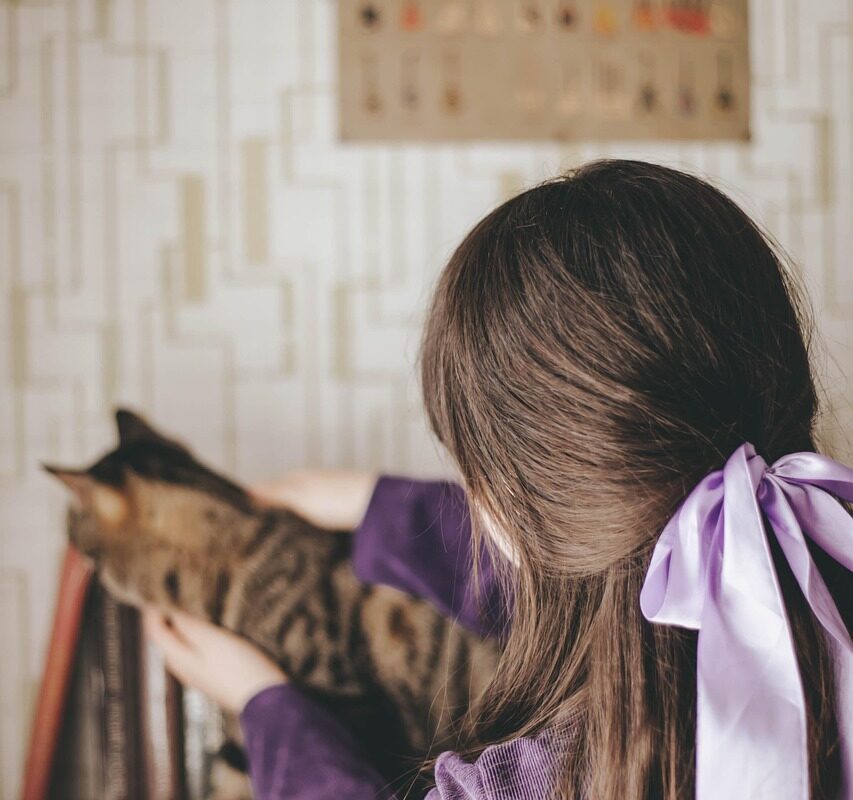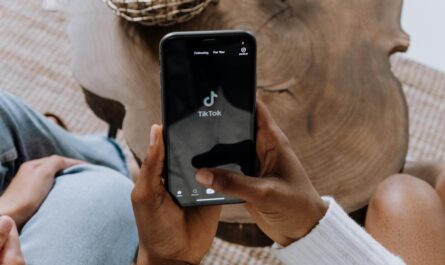By Parker Villiers
Your recent feeds have probably been consumed by pretty little bows on everything you see. This is one of the newest and most popular social media trends. From pickles to hair to clothes, social media users have been placing bows on everything they love. The coquette trend appeals to those who love dainty dresses, florals, and natural makeup looks. TikTok has taken the word coquette and given it a whole new meaning.
The original meaning of coquette refers to a woman who is overly flirtatious and tries to appeal to the male gaze. When diving into the meaning and history of the word, the connotation seems to have a derogatory manner towards women. As that history does not align with societal ideals today, the use of coquette has been romanticized and “feminized.” Women have taken the term coquette and have made it their own. It has a feeling of empowerment and celebrating femininity. While there have been quite of few aspects to the meaning of the trend, bows and ribbons have been the face of it.
Coquette aesthetic 🩰 #winter #thatgirl #raiannekamiya #lifestyle #co…
A few celebrities have been a part of the coquette trend well before the coquette style came to TikTok. Coquette style was popular around 2010 when Tumblr was a popular social media app. Tumblr was before trends were able to gain major traction and could not spread around instantly like they can today. Influencers pulled inspiration from musical artist, Lana Del Rey, who is known for her hyper-feminine look. Television shows and popular celebrities caused the resurgence of this trend and it does not seem to be going away any time soon.
We have seen coquette styles and personalities in pop culture before the trends took to Pinterest, Instagram, and TikTok. In the Netflix show, Bridgerton, we see period looks that reflect on modern day trends and color palettes. In Barbie, we see Margot Robbie wearing pastels and bows in almost all of her looks throughout the movie.
The coquette trend has led to further subtrends such as cottagecore, Regency period looks, and anything ditsy and dainty looking. While it does not seem like coquette style is not going away anytime soon, I am sure the internet will see many spinoffs of this trend and it will evolve into a new fad within months.




What an inciteful blog, Parker. While I have also been seeing this trend all over my social media feeds, I truly did not fully understand the history and the meaning of the word ‘coquette’. Through your blog, I was able to understand how this word and trend could bring about a derogatory image for and of women. Seeing how influencers and celebrities have hopped on this trend on many platforms, this was a great reminder to do your research on a topic!
I really enjoyed reading this blog as the bow trend and people calling it “coquette” has taken over social media and was a very quick trend towards the end of last year. I like how you mention that coquette refers to many eras. Bridgerton and Barbie are prime examples of two different movies in different eras that are both expressed as coquette.
This was a very interesting blog! One thing I’ve seen online in relation to coquette is “Dressing for the female gaze”. Women may dress overly feminine or dainty to appeal to other women instead of men. Female beauty standards have long been governed by men and by the market. The internet is giving more women ownership over their beauty by calling out oppressive systems and garnering community support from other women. Although coquette may have some oppressive roots, I believe it has potential for liberation.
I really enjoyed reading this post. I had no clue what the origins of the term coquette were. I had only heard it used when talking about the aesthetic. Now the aesthetic makes a lot more sense. I also found it interesting reading about the celebrities that are the go to examples of this aesthetic. I wonder how much of an influence they have on how many people participate in this trend.